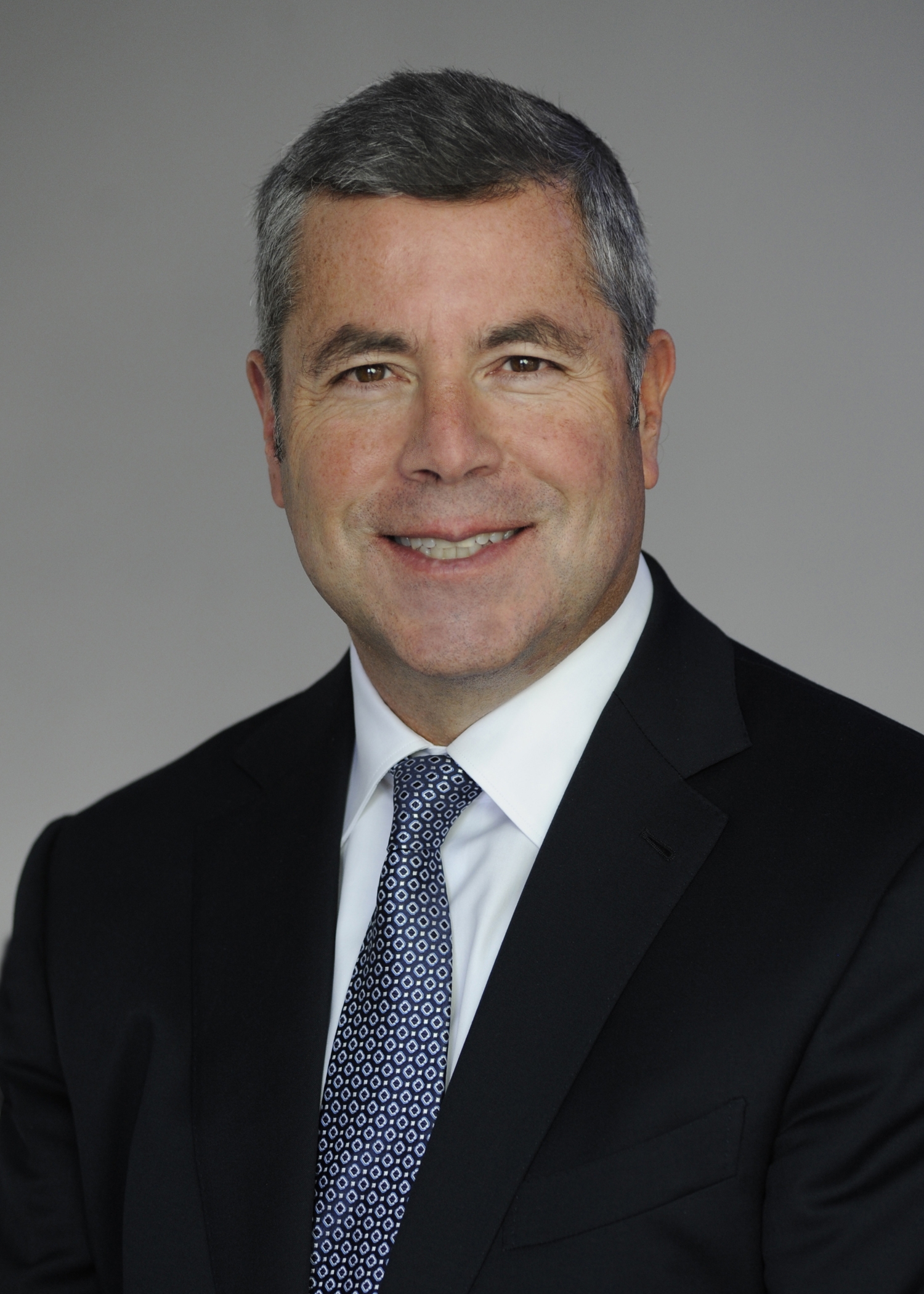In a new blog series, "In Practice", we look at how corporate law departments can apply the lessons learned in 2020 to their legal operations going forward
The top priority for corporate general counsel continues to be controlling outside counsel costs, costs that can average 60% of the corporate law department’s total budget. One suggestion, made in Thomson Reuters’ 2021 State of Corporate Law Departments report recommends that GCs consider using law firm panels to reduce costs and increase the value of these relationships.
So how can law departments maximize the benefits of having these panels? In the latest article in our new series, In Practice, Rose Ors, CEO of ClientSmart, spoke to Greg Jordan, General Counsel and Chief Administrative Officer at The PNC Financial Services Group, about the success of its Legal Relationship Attorney Program (LRAP), an initiative launched under his direction in 2013.
Rose Ors: What is the secret sauce behind the success of the LRAP model?
Greg Jordan: I believe the overarching reason LRAP is successful is that the program is designed to establish and maintain a long-term, mutually beneficial relationship with each of our law firms. We view each of these firms as partners, not vendors. As partners, the law department invests in the relationship to the same degree as we ask our law firms to invest in us.
Rose Ors: Did you use a request for proposal (RFP) process to select the firms?
Greg Jordan: We did not go the RFP route. I do not subscribe to the idea of sending out a form letter to 200 law firms asking them to expend a lot of effort in the hopes that they would get our business. Instead, we studied the data that our law department had on the performance of the firms we had been using and chose the firms that were the best fit for the partnership model we wanted to establish.
For more, check out How to ‘partner’ with your preferred law firm panels
Rose Ors: What is a key element of the LRAP model?
Greg Jordan: Each law firm in the program is assigned a lawyer in our law department whose role is to be the liaison or relationship lead. In most instances, each PNC liaison works closely with each firm’s relationship partner. Our approach is central to the LRAP model because it provides a structured way to build a robust partnering approach where the lines of communication are always open.
Rose Ors: What are some of the benefits of a PNC liaison?
Greg Jordan: One significant benefit is the open flow of information. The law department has a far better grasp of the capabilities of each of our firms. We know when a firm has brought on a new lateral partner, merged with another firm, or launched a new practice area. This information stream is critical in helping us decide the best firm to use when a need arises.
The law firms benefit because they have someone at PNC who helps them get their questions answered and helps them avoid the dead ends that outside lawyers encounter in dealing with large clients. They also benefit because with a dedicated contact at PNC, each law firm can deepen their understanding of our business-aligned objectives and how to help us achieve them. When I was a law firm partner, I thought we were pretty good at knowing our clients’ businesses. Since coming in-house, I have realized none of us were quite as informed as we should be.

Rose Ors: What was the impetus for launching LRAP?
Greg Jordan: When I was at Reed Smith, one of our key clients was Bank of America. I modeled LRAP after Bank of America’s preferred panel program because I witnessed the substantial positive impact of having a liaison at the bank working closely with our firm’s relationship partner.
Theirs was a highly productive relationship that transformed what could have been a transactions-focused engagement into one where both sides were fully engaged and invested in the relationship. It engendered the kind of loyalty that is earned.
Rose Ors: How many firms are in PNC’s program?
Greg Jordan: There are currently between 30 to 35 firms. Every year, the group’s composition changes with a few firms leaving the program due to performance issues or differences to the legal coverage we need, and a few new firms join to fill any gaps. This year we will probably add more firms to the program because earlier this year, we acquired the U.S. operations of a foreign bank with a larger geographic footprint.
Rose Ors: How did you decide on the number of firms?
Greg Jordan: The firms in our program do about 80% to 90% of the work we send to outside counsel, so we need them to have the necessary geographic footprint, areas of legal expertise, and price points. We also believe in fostering healthy competition among these firms to keep them motivated to do their best. So, we want to have a minimum of two firms we can choose between for each significant matter.
Lastly, we want to be able to move our business from an underperforming law firm with little switching costs. For us, the ultimate goal is for each law firm to have the right incentives to invest in us while creating enough competition to have them perform at their best.
Rose Ors: Do you use matter-specific RFPs or negotiate alternative fee arrangements (AFAs) with the firms?
Greg Jordan: We do both. Earlier this year, we needed to update our commercial lending guidebook and invited five firms from LRAP and one from outside the program to compete for the work through an RFP. We awarded the work to an LRAP firm because we liked their strategy, timeline, and pricing. We also negotiate fixed fee arrangements and high-volume commodity work and pay for the work in monthly installments.
Rose Ors: Do you ever renegotiate a fixed-fee arrangement?
Greg Jordan: Although cost predictability is a top priority for us, so is maintaining a mutually beneficial relationship with our law firms. There are instances when the scope of a specific project changes so significantly that a correction is necessary. Thus, we are always available to have a candid conversation about pricing, including our fixed-fee arrangements. We don’t nickel and dime our partners, however. We expect the same approach when it is us who initiates the conversation.
Rose Ors: Does the program include a formal feedback process?
Greg Jordan: Yes, we meet with each of the law firms annually and share how well they rate on various performance standards. Since increasing diversity in the legal industry is important to us, we also share data on their diversity metrics compared to the average results of the other firms in the program. We are candid in identifying what has been working well and where we need them to improve.
Rose Ors: What is an initiative that the law department and the LRAP firms have worked on jointly?
Greg Jordan: We have two programs where we jointly invest in developing young talent. We have summer interns who split their summer working between one of our panel firms and PNC. A more considerable investment is our secondment initiative, the Leg Up Program, in which some of the firms’ associates of color work at PNC for three to six months. The goal is for these lawyers to learn how we work and then use that knowledge and the personal connections they made to build their skills and develop their practices.






